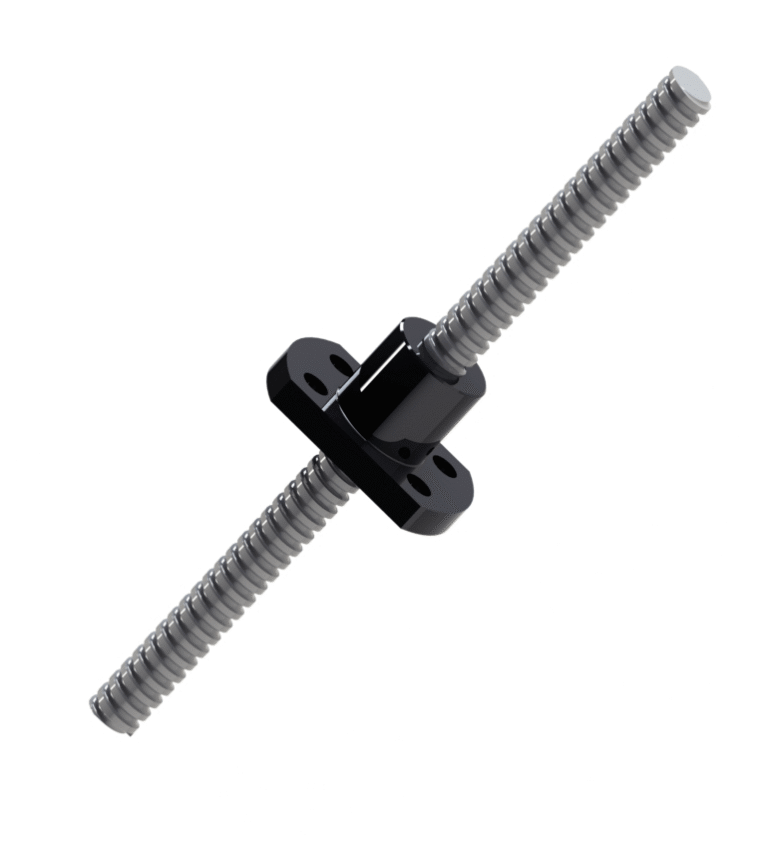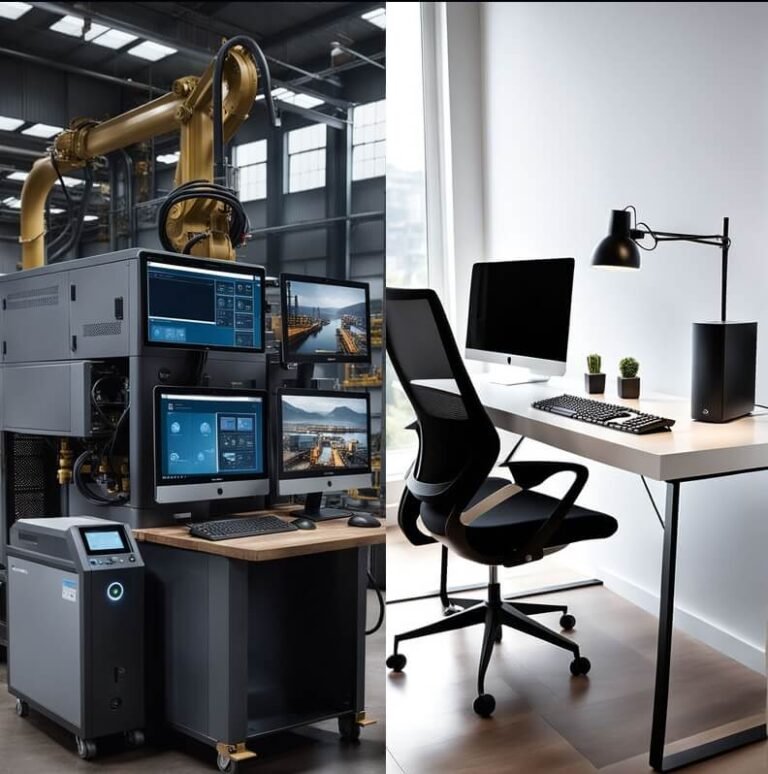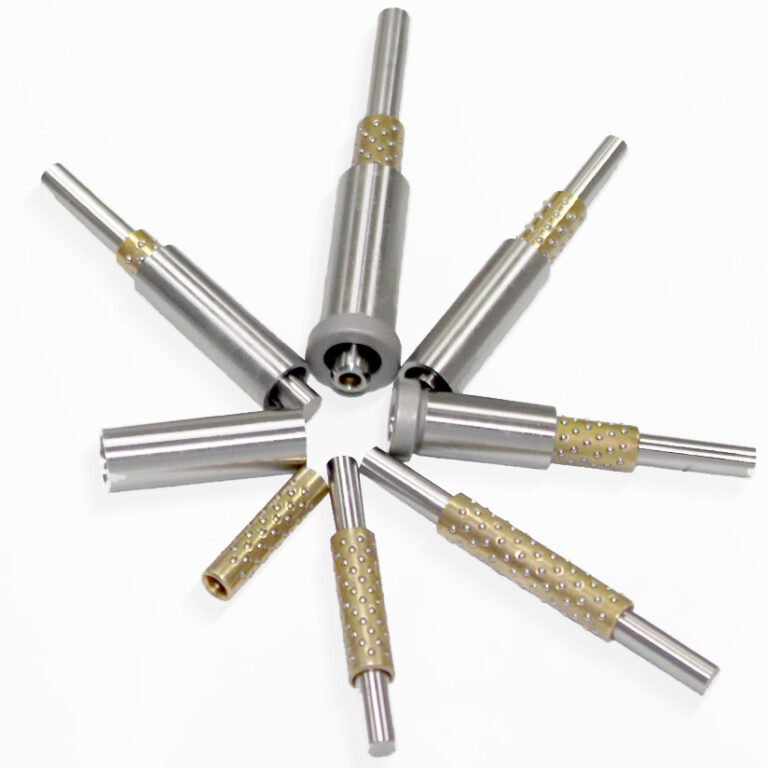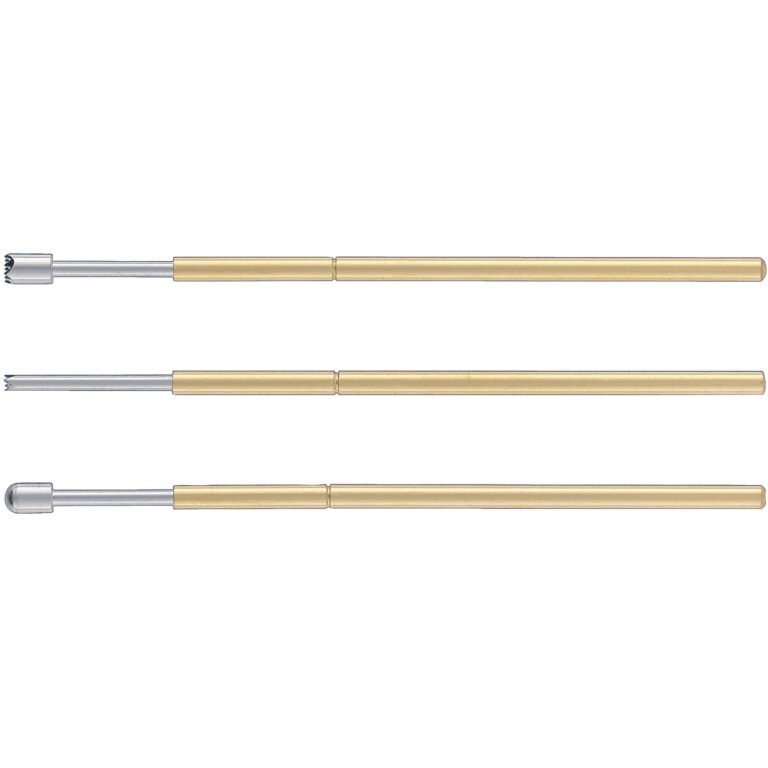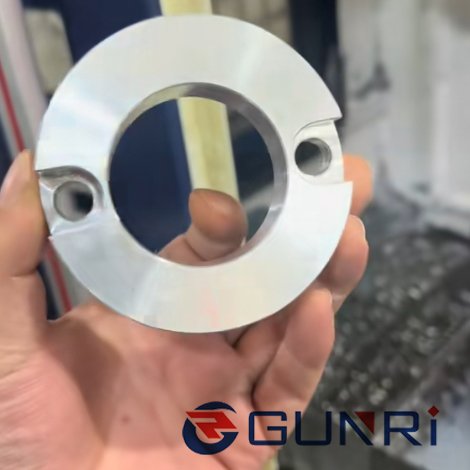Ball screws are a cornerstone of modern linear motion systems, but anyone who’s ever sourced them knows they don’t come cheap. Compared to lead screws or trapezoidal screws, ball screws can cost several times more — leaving many engineers, buyers, and procurement teams asking: why are ball screws so expensive?
In this article, we break down the key factors that drive up the cost of ball screws, covering critical technical and market-related aspects.
1. Precision Engineering and Tight Tolerances
Ball screws are designed for high-precision motion control, often achieving accuracy classes like C5, C7, or even C3. Manufacturing such components requires:
- CNC grinding or precision rolling
- Micron-level thread geometry
- Strict concentricity and straightness control
Every micron of precision translates into higher machining time, complex quality inspections, and lower yield rates, which all contribute to higher cost.
2. High-Quality Materials
Most ball screws are manufactured from hardened alloy steels such as SCM415, SCM420, or S55C, chosen for:
- Excellent wear resistance
- High surface hardness after heat treatment
- Long fatigue life under cyclic loading
Specialized materials increase raw material cost and require careful heat treatment (e.g. induction hardening, nitriding), adding complexity.
3. Complex Manufacturing Process
Unlike simple slide screws or lead screws, ball screws involve:
- Thread grinding or cold rolling with high tooling precision
- Heat treatment without warping
- Thread polishing or lapping for smooth movement
- Assembly of precision-matched nuts with preloading
All of these steps require highly skilled labor, tight process control, and advanced machines, making the total manufacturing cost significantly higher.
4. Preload and Anti-Backlash Mechanisms
Many ball screws come with preloaded nuts or anti-backlash configurations to eliminate axial play. These features require:
- Double nut systems or split-nut designs
- Careful torque balancing
- Precision grinding for perfect lead accuracy
These anti-backlash features are essential for CNC machines, semiconductor tools, and robotic arms, where even the smallest movement error is unacceptable.
5. Longer Service Life and Efficiency
Although expensive upfront, ball screws offer:
- 90%+ mechanical efficiency
- Minimal friction compared to lead screws
- Lifespan 2–3 times longer, especially in continuous operation
This long-term reliability makes them a better investment for high-cycle or mission-critical equipment, justifying the higher price.
6. Customization and Low-Volume Production
Many ball screws are made in low-to-medium volumes, often with:
- Custom lengths (e.g. 200mm–2000mm)
- Non-standard leads or shaft diameters
- Tailored nut types (flanged, cylindrical, block nut)
Customization limits economies of scale, pushing the per-unit price up. OEMs or system integrators often require bespoke designs, which further increases tooling and setup costs.
7. High Demand in Precision Industries
Ball screws are indispensable in:
- CNC machine tools
- Medical equipment
- Semiconductor fabrication
- Aerospace systems
- 3D printers and robotic arms
These industries demand zero-error performance, pushing manufacturers to focus on quality rather than volume — another cost driver.
Conclusion
Ball screws are expensive because they’re precision-engineered, made from premium materials, and designed for high-performance applications. They outperform ordinary linear screws in accuracy, efficiency, and durability, making them indispensable in modern automation.

